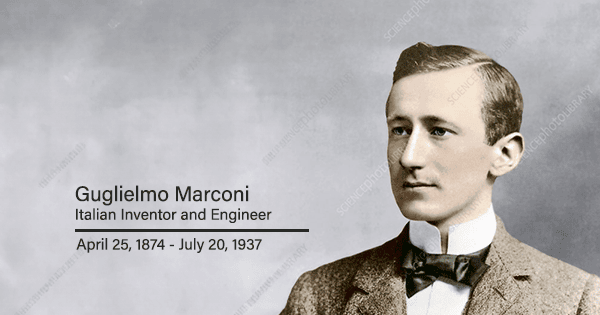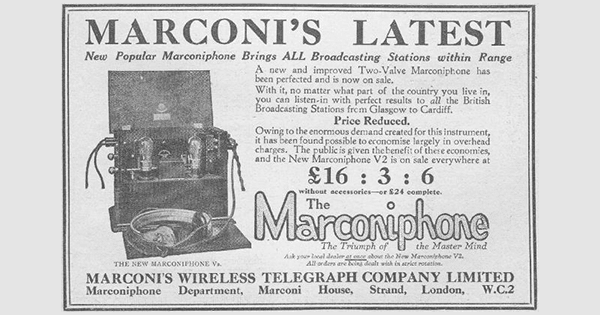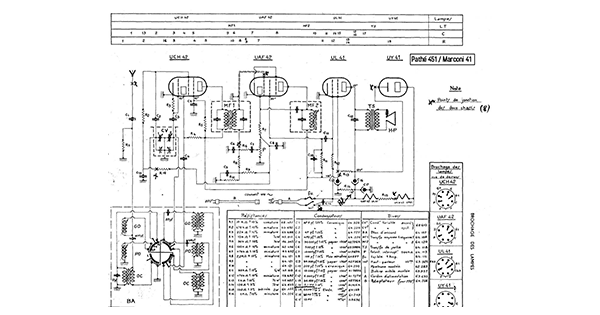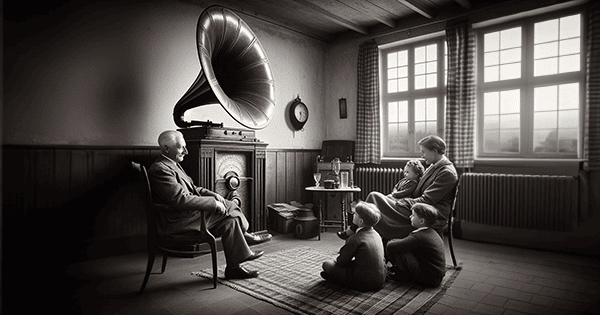The invention of the home radio was a pivotal moment in history, marking the beginning of a new era in communication and entertainment. This transformative device brought the world closer, turning homes into hubs of information and culture.
The Inventor: Guglielmo Marconi
The man behind the first commercially sold home radio was none other than Guglielmo Marconi, an Italian inventor known as the father of long-distance radio transmission1. Marconi’s work built upon the discoveries of predecessors like Heinrich Hertz and James Clerk Maxwell, who laid the groundwork for electromagnetic wave theory.

The Birthplace of Broadcast
The first radios were sold in the early 20th century, with Marconi’s company playing a significant role in manufacture and distribution. These devices quickly became a staple in households, spreading from Europe to the rest of the world.
The Cost of Innovation
Producing the first home radios was not a cheap endeavour. The complexity and novelty of the technology meant that initial costs were high, both for production and purchase. However, specific figures on production costs are harder to come by. The price was steep enough to make it a luxury item for many households during that era.

Styles and Schematics
The earliest home radios were large, often housed in wooden cabinets that made them prominent fixtures in the living room. These radios were designed elegantly, featuring carved designs and ornate details.

For those interested in the technical schematics, early radios were based on vacuum tube technology. Schematics for these can be found in historical archives and are a testament to the ingenuity of early 20th-century engineering.


